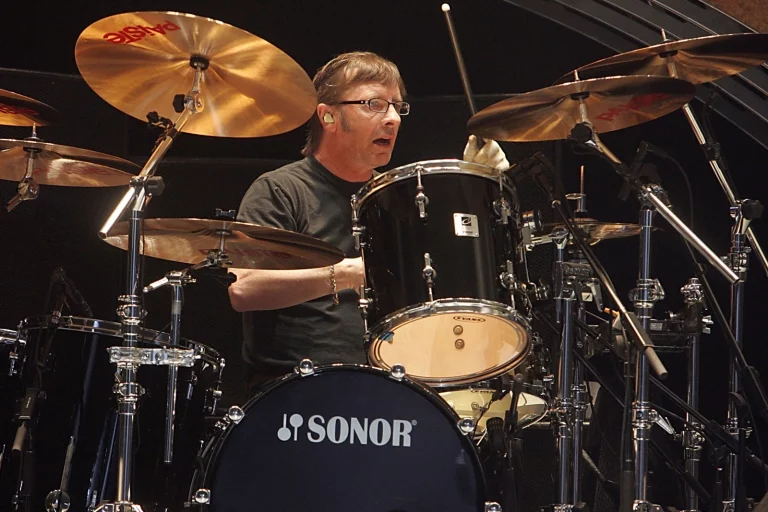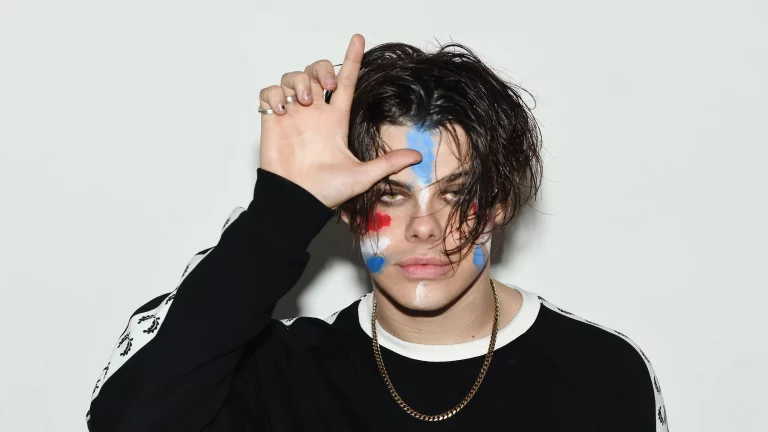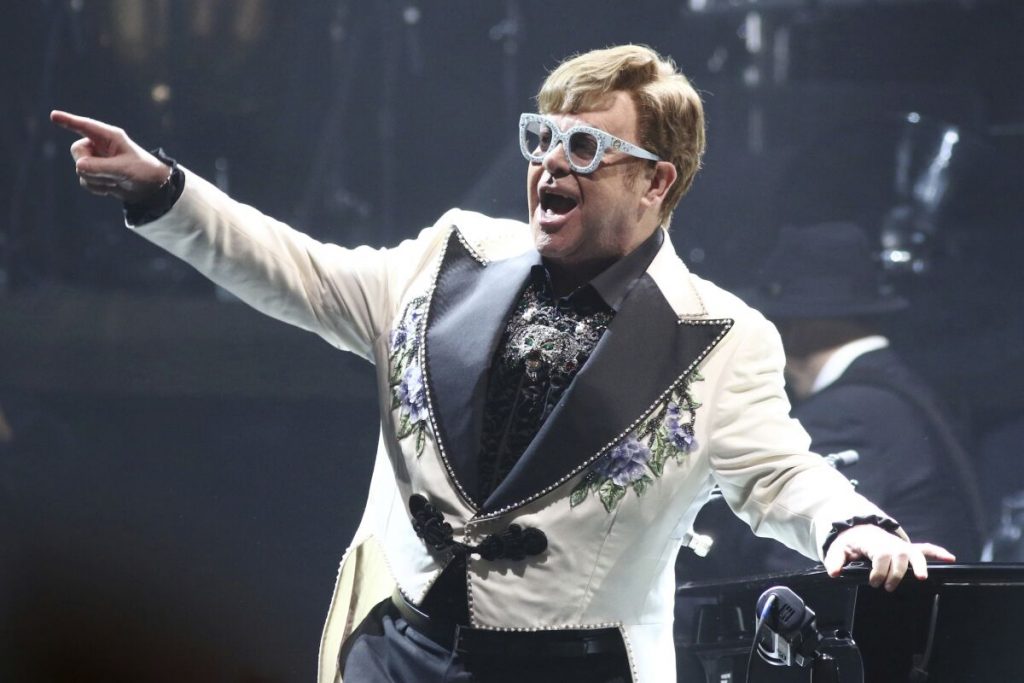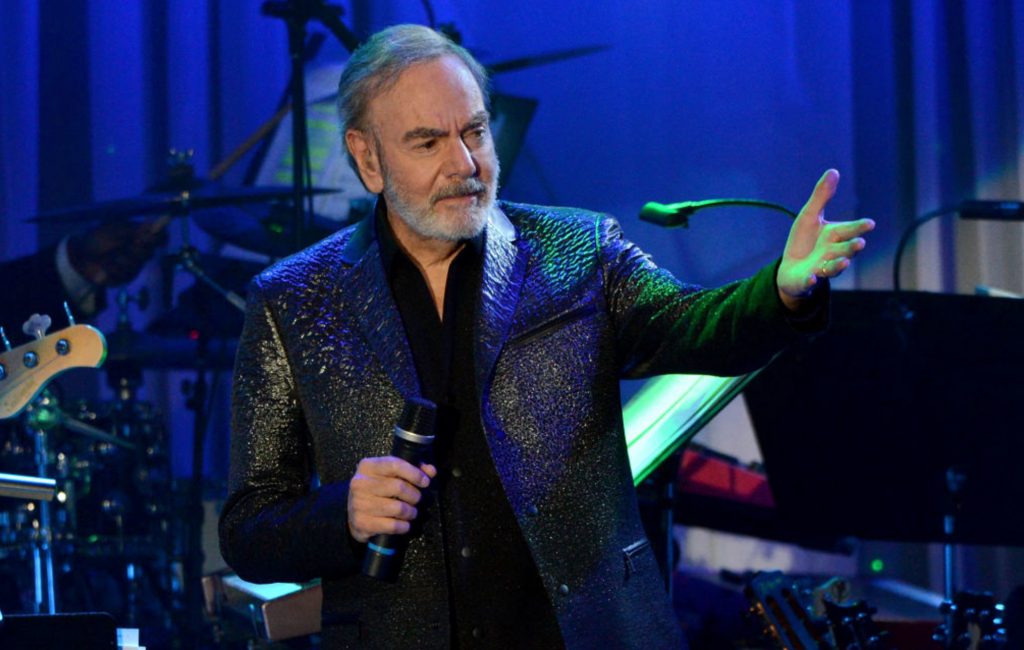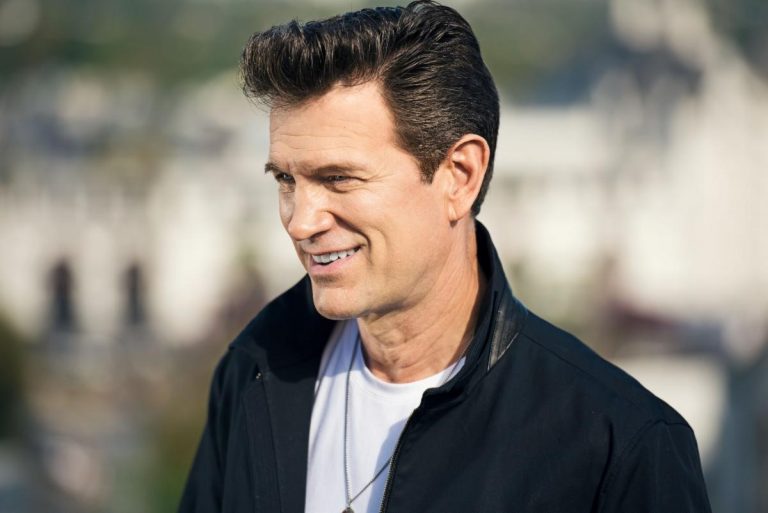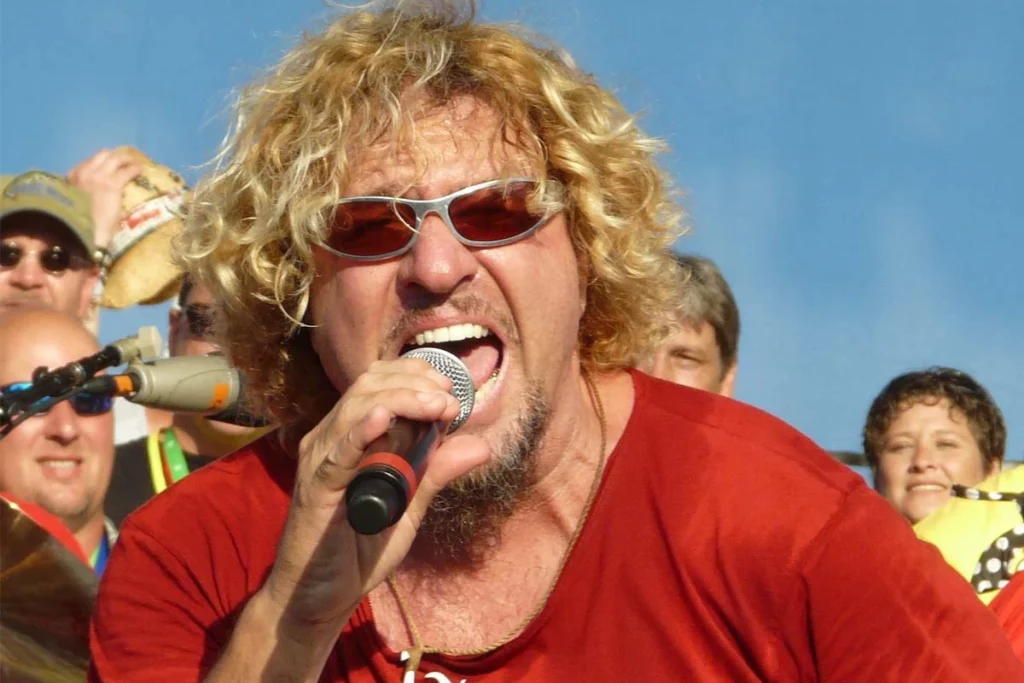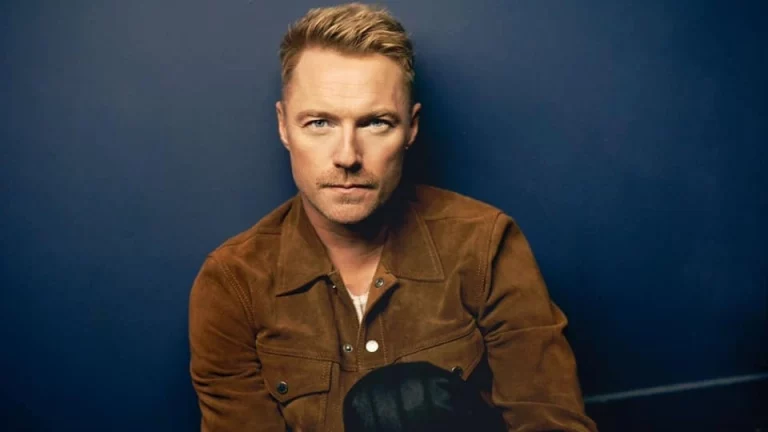Rock fans in Auckland witnessed a thunderous moment in music history as former AC/DC drummer Phil Rudd made a rare return to the live stage. Performing for a sold-out crowd of over 13,000 at Spark Arena, Rudd joined forces with the Full Metal Orchestra—a powerhouse blend of a 29-piece classical ensemble and New Zealand’s finest rock voices, under the baton of conductor Sarah-Grace Williams.
The ambitious event, an immersive mix of orchestral grandeur and hard rock grit, was led by Shihad frontman Jon Toogood, with standout appearances from Devilskin’s Jennie Skulander and EJ Barnes, daughter of Aussie rock icon Jimmy Barnes. But it was Phil Rudd’s surprise comeback that stole the night.
Thunderstruck in Auckland
Rudd kicked off his set with “Head Job,” a gritty solo track from his 2014 album, before stepping behind the kit to revisit the thunder of AC/DC classics. With pounding precision and quiet authority, he powered through “Thunderstruck,” “Back in Black,” and the climactic “It’s a Long Way to the Top (If You Wanna Rock ’n’ Roll)”—the latter made unforgettable by the addition of live bagpipes and orchestral flair. That song hadn’t been played live by AC/DC since 1979, making its return a historic treat for die-hard fans.
Backing guitarist Brett Adams, part of the rock ensemble supporting the orchestra, described Rudd as “a softly spoken, dry-witted guy who absolutely explodes behind the drums.” Recalling one of Rudd’s more colorful tips—“Drink a bottle of whiskey and get in a street fight!”—Adams said the drummer’s quiet confidence was inspiring. After a particularly fiery moment on guitar, Rudd flashed him a nod and simply said, “Good, Brett!”
Rock Meets Symphony
The concert opened with bold orchestral renditions of rock staples like Van Halen’s “Eruption” and Metallica’s “Enter Sandman,” setting a thunderous tone. As the orchestra built each song’s drama with lighting effects, pyrotechnics, and cinematic arrangements, the energy in the arena grew to a fever pitch.
When Rudd took center stage, the audience erupted. Each beat of “Back in Black” sent shockwaves through the arena, while the sweeping strings and bagpipes during the finale transformed the night into something epic and unforgettable. It was a masterclass in genre fusion—one where rock, metal, and classical collided in all the right ways.
A Comeback to Remember
This show marked Phil Rudd’s most significant public performance since late 2023, and fans are already buzzing with hopes of more to come. Whether or not he’ll reunite with the Full Metal Orchestra again remains unknown, but one thing is clear: Rudd’s return was more than a concert—it was a statement.
For fans of rock royalty, symphonic spectacle, and unexpected comebacks, this night in Auckland was nothing short of legendary.

